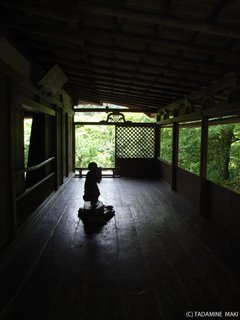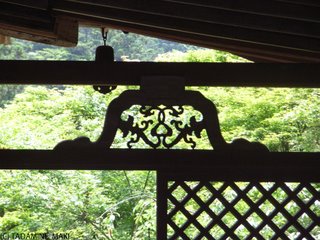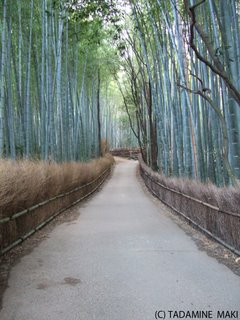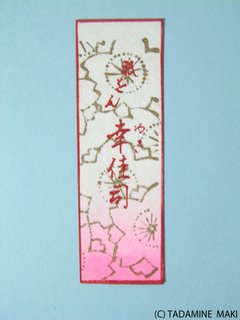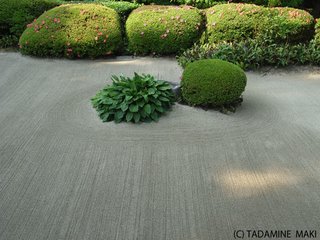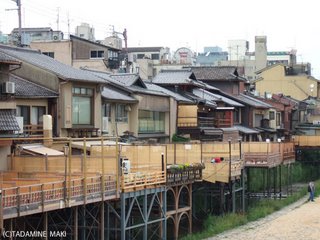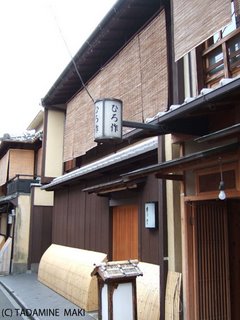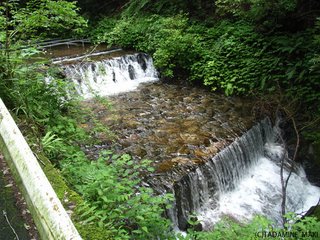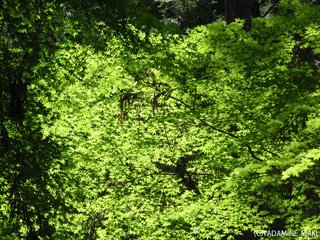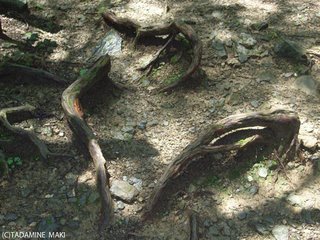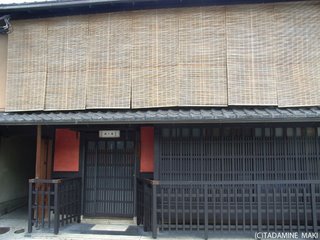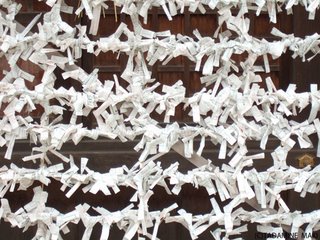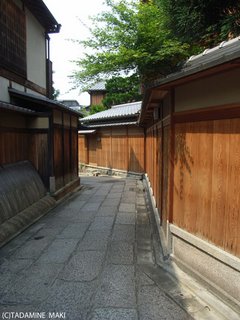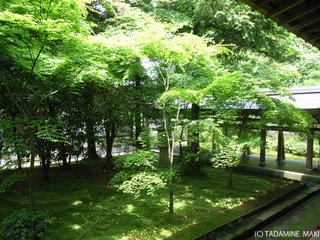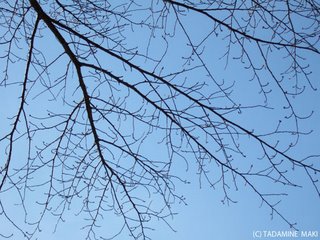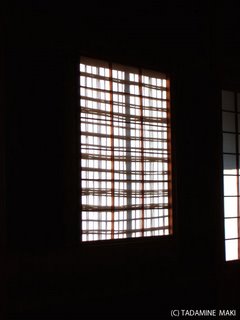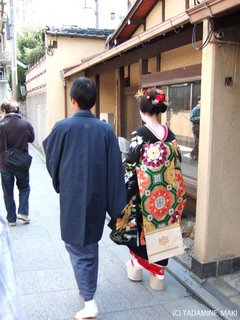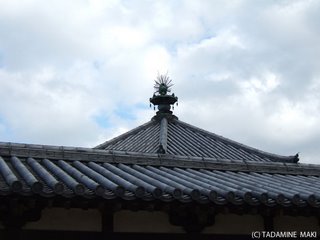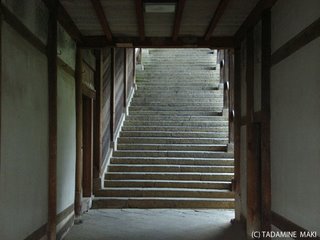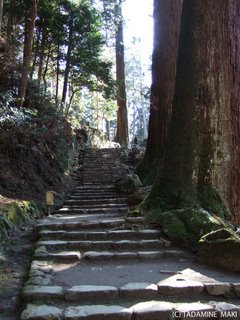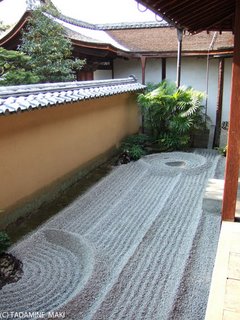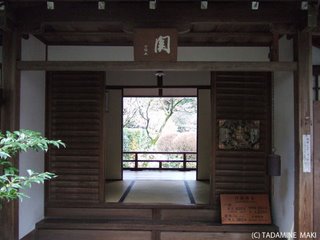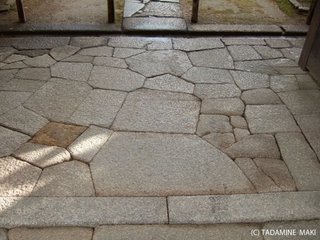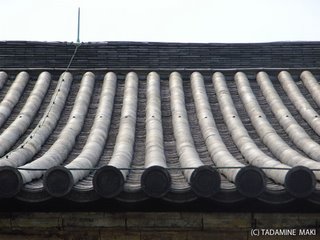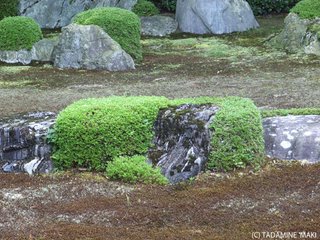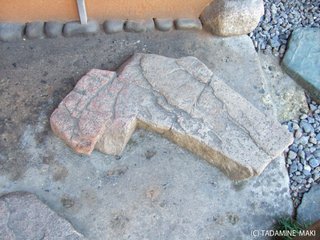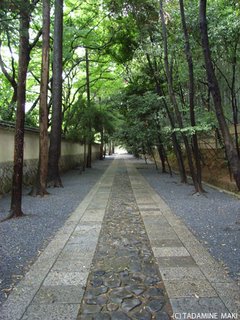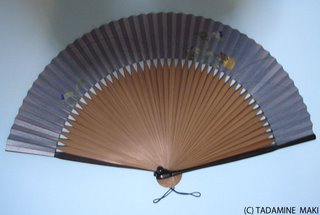
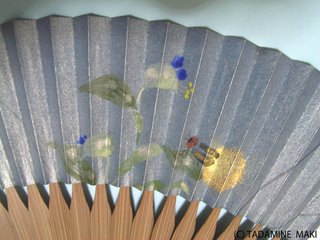
This is my paper fan, called Sensu. Paper funs have five purposes.
1. It is used just to wave it in one's face when it is hot
2. Japanese traditional comedian playing Rakugo, comic storytelling, use it while playing.
3. It is used at tea ceremony. It is put on tatami mat just in front of her/him to respect a host/hostess.
4. It is used at Japanese dance to make the dancer elegant.
5. It is used at Japanese noodle shop to wave it over the noodle bowl and to make too hot noodle cool. So without it, you cannot be allowed to enter the shop, unfortunately. When a person next to you put pepper powder on the noodle, never wave it! If you wave it, the pepper powder slip in one's nose and they cannot stop sneezing. That makes often fighting each other. If you hear the sound of sneezing in a noodle shop, be careful! Just after someone is sneezing, the fighting will happen! (No.5 is a totally joke;-)
Um....It's not funny?
Anyway, I don't have a sensu of joke:-)
